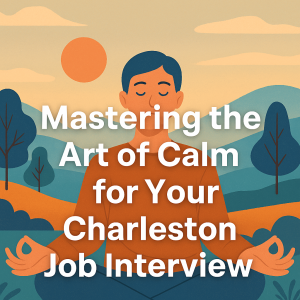When the market is tight and the best people aren’t actively looking, competing for talent means competing for attention. Passive candidates—those who are successful where they are—won’t respond to generic job ads or slow, confusing processes. They respond to clarity, credibility, and a compelling reason to take your call.
Start With a Ruthlessly Clear Value Proposition
Passive talent weighs opportunity cost first. Replace vague promises (“competitive pay,” “great culture”) with specifics they can feel:
- Impact: What will they build, lead, or fix in the first 90–180 days?
- Trajectory: What skills, certs, or scope do they gain in year one?
- Resources: Which tools, budgets, and teammates support success?
Research shows that tailored messaging improves acceptance and reduces time-to-hire. See guidance on EVP and talent markets from on how to create a value proposition.
Fish Where Passive Talent Actually Spends Time
Don’t wait for résumés—go to the ecosystems where your targets learn and contribute:
- Professional communities: Standards bodies, GitHub/Stack Overflow (tech), ASQ/SME (manufacturing), FE/CPA forums (finance).
- Peer content: Podcasts, webinars, conference Slacks/Discords, niche LinkedIn groups.
- Alumni & military networks: High-trust channels that surface top performers not on job boards.
LinkedIn’s research on passive talent outreach underscores multi-touch, value-led engagement over one-off InMails. Explore the LinkedIn Talent Blog for tactics and benchmarks.
Lead With Value, Not a Vacancy
Your first touch should feel like a professional favor—not a pitch. Try:
- Micro-opportunities: “We’re standing up a new line—could we get your take on tooling options?”
- Selective transparency: Share a sanitized org chart, a 90-day outcomes brief, or a tech stack snapshot.
- Low-friction conversations: 15-minute expert-to-expert chats with the actual hiring manager.
Design a “Passive-First” Hiring Experience
High performers opt out at the first hint of chaos. Build a process that respects their time:
- 2–3 step flow: Hiring manager screen → focused panel → decision. No homework marathons.
- Calendar priority: Offer three time windows within 48 hours; confirm in writing with a crisp agenda.
- Decision SLA: 72–96 hours from final interview to decision/offer.
Make Your Offer a Decision, Not a Debate
Passive candidates rarely move for lateral trades. Structure offers around:
- Scope & learning: New systems, budgets, or leadership exposure.
- Total rewards clarity: Base + variable + equity/bonuses + benefits spelled out on one page.
- Onboarding runway: Tools, training, and first 30/60/90-day outcomes in writing.
HBR highlights that high performers value autonomy, mastery, and purpose as much as pay—calibrate your pitch accordingly. (See Harvard Business Review for leadership and retention insights.)
Where Dunhill Staffing Systems Gives You an Edge
Competing for passive talent isn’t about louder ads—it’s about smarter access. Dunhill partners with hiring managers to:
- Pinpoint the real job: We translate business goals into 90–180 day outcomes candidates care about.
- Activate hidden networks: We tap pre-vetted engineers, accountants, managers, and skilled specialists who aren’t publicly looking.
- Run a passive-first process: We coordinate tight interview cadences, handle expectations, and prevent silent drop-off.
The result: fewer interviews, faster decisions, stronger hires—without inflating comp to win.
Quick Checklist
- Craft a specific, outcome-led value proposition.
- Engage in the communities where talent already participates.
- Start with value—advice, access, or insight—before the pitch.
- Simplify your process and commit to fast decisions.
- Bundle scope, learning, and clarity into a one-page offer.
Ready to win passive talent—without overpaying?
Let’s build a passive-first recruiting plan together. Contact Dunhill Staffing Systems.







